Wilderness Mount Hood
Rate this placeLast Updated: December 28, 2025
Wilderness Mount Hood is a stunning natural destination located in the state of Oregon.
°F
°F
mph
Wind
%
Humidity
Summary
Here is a summary of the area, including reasons to visit, specific points of interest, interesting facts, and the best time of year to plan a visit. The information has been cross-verified across multiple independent sources to ensure accuracy.
Reasons to visit Mount Hood Wilderness:
1. Majestic Scenery: Mount Hood, a dormant stratovolcano, stands as the highest peak in Oregon and offers breathtaking panoramic views of its snow-capped summit, dense forests, alpine meadows, and glacial landscapes.
2. Outdoor Activities: The wilderness area is a paradise for outdoor enthusiasts, providing a vast range of recreational opportunities. Visitors can indulge in hiking, backpacking, camping, fishing, skiing, snowboarding, mountain biking, and climbing, among others.
3. Abundant Wildlife: Mount Hood Wilderness is home to various wildlife species, including elk, deer, black bears, cougars, and a variety of bird species. Nature lovers can encounter these animals while exploring the area's trails and wilderness.
4. Unique Flora: The diverse ecosystems found within the wilderness area support a rich array of plant life, including wildflowers, old-growth forests, and subalpine meadows. Botany enthusiasts will appreciate the opportunity to observe and appreciate the unique flora in the region.
Points of Interest:
1. Timberline Lodge: Situated on the southern side of Mount Hood, Timberline Lodge is a historic landmark known for its stunning architecture and scenic views. It offers year-round activities, including skiing, snowboarding, and hiking.
2. Mirror Lake: A popular hiking destination, Mirror Lake showcases the breathtaking reflection of Mount Hood on its calm waters. A short hike leads to this serene lake, which offers stunning photo opportunities.
3. Trillium Lake: Located in the Mount Hood National Forest, Trillium Lake is a beautiful spot for fishing, kayaking, and picnicking. Its tranquil waters perfectly mirror the majestic mountain, providing a picturesque sight.
4. Ramona Falls: A magnificent waterfall within the wilderness area, Ramona Falls cascades over a basalt cliff, creating a mesmerizing sight and a great spot for photography.
Interesting Facts:
1. Mount Hood is a stratovolcano and has had small eruptions in the past, with the last major eruption occurring approximately 220 years ago.
2. The wilderness area surrounding Mount Hood covers approximately 63,000 acres, offering ample space for exploration and adventure.
3. Mount Hood is home to multiple ski resorts, making it a popular winter destination for skiing and snowboarding enthusiasts.
4. The Pacific Crest Trail, a famous long-distance hiking trail spanning over 2,600 miles from Mexico to Canada, passes through the Mount Hood Wilderness.
Best Time of Year to Visit:
The best time to visit Mount Hood Wilderness greatly depends on personal preferences and the desired activities. Summer (June to September) offers pleasant weather for hiking, camping, and exploring the wilderness. Spring (April and May) is ideal for witnessing wildflowers in bloom. Winter (December to March) attracts visitors looking for snow sports and enjoying the snow-covered landscapes. It is essential to check weather conditions and road access before planning a trip, as snow and inclement weather might restrict certain activities during the winter months.
Sources:
- USDA Forest Service: https://www.fs.usda.gov/recarea/mthood/recarea/?recid=53460
- Oregon State Parks: https://stateparks.oregon.gov/index.cfm?do=park.profile&parkId=30
- Travel Oregon: https://traveloregon.com/things-to-do/outdoor-recreation/hiking/mount-hood-hikes/
- National Park Service: https://www.nps.gov/moja/index.htm
Weather Forecast
Park & Land Designation Reference
Large protected natural areas managed by the federal government to preserve significant landscapes, ecosystems, and cultural resources; recreation is allowed but conservation is the priority.
State Park
Public natural or recreational areas managed by a state government, typically smaller than national parks and focused on regional natural features, recreation, and education.
Local Park
Community-level parks managed by cities or counties, emphasizing recreation, playgrounds, sports, and green space close to populated areas.
Wilderness Area
The highest level of land protection in the U.S.; designated areas where nature is left essentially untouched, with no roads, structures, or motorized access permitted.
National Recreation Area
Areas set aside primarily for outdoor recreation (boating, hiking, fishing), often around reservoirs, rivers, or scenic landscapes; may allow more development.
National Conservation Area (BLM)
BLM-managed areas with special ecological, cultural, or scientific value; more protection than typical BLM land but less strict than Wilderness Areas.
State Forest
State-managed forests focused on habitat, watershed, recreation, and sustainable timber harvest.
National Forest
Federally managed lands focused on multiple use—recreation, wildlife habitat, watershed protection, and resource extraction (like timber)—unlike the stricter protections of national parks.
Wilderness
A protected area set aside to conserve specific resources—such as wildlife, habitats, or scientific features—with regulations varying widely depending on the managing agency and purpose.
Bureau of Land Management (BLM) Land
Vast federal lands managed for mixed use—recreation, grazing, mining, conservation—with fewer restrictions than national parks or forests.
Related References
Area Campgrounds
| Location | Reservations | Toilets |
|---|---|---|
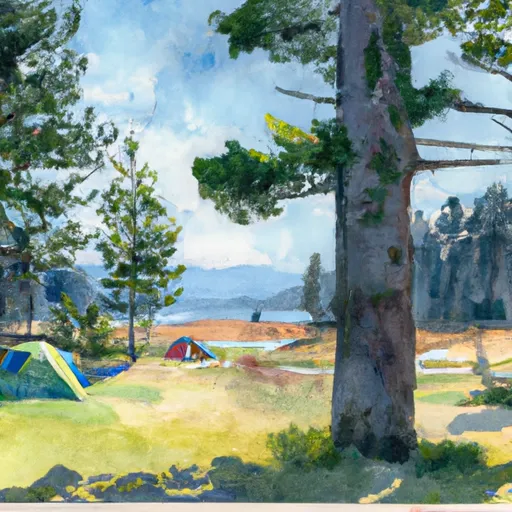 Frog Lake Campground
Frog Lake Campground
|
||
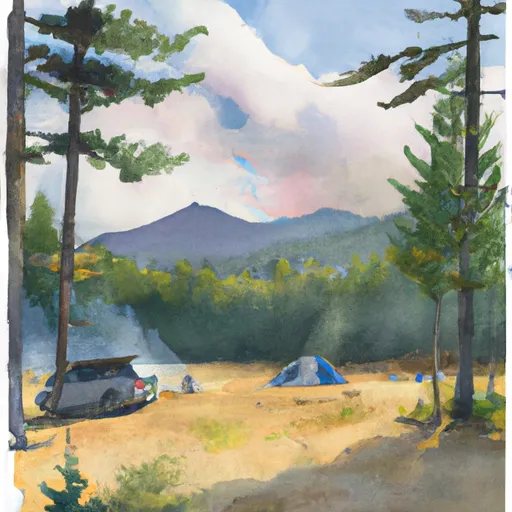 Clear Lake Campground
Clear Lake Campground
|
||
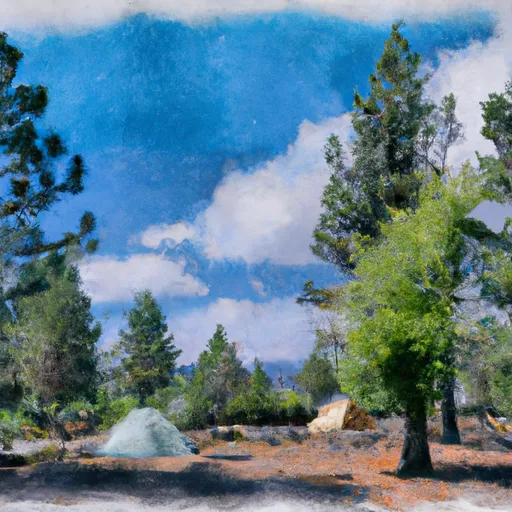 Barlow Crossing
Barlow Crossing
|
||
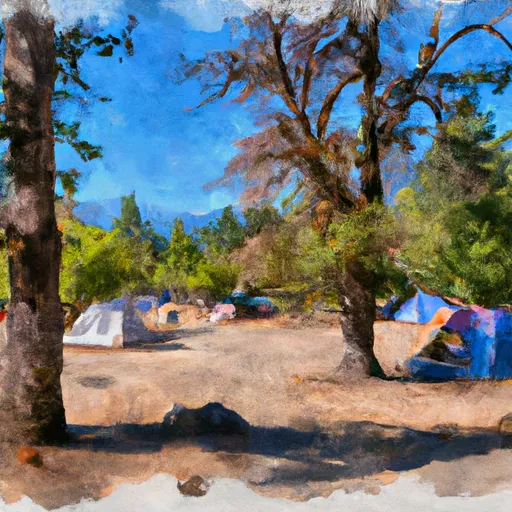 Barlow Crossing Campground
Barlow Crossing Campground
|
||
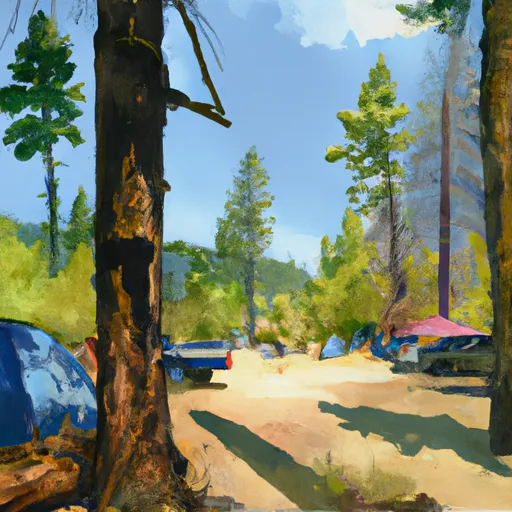 Barlow Creek Campground
Barlow Creek Campground
|
||
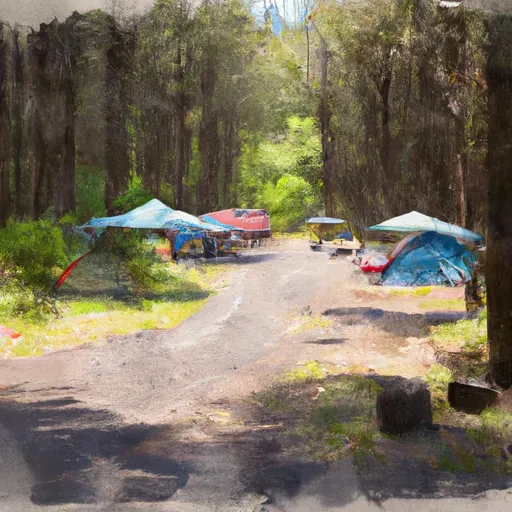 Grindstone Campground
Grindstone Campground
|

 Wilderness Badger Creek
Wilderness Badger Creek
 National Wild and Scenic River Salmon, Oregon
National Wild and Scenic River Salmon, Oregon
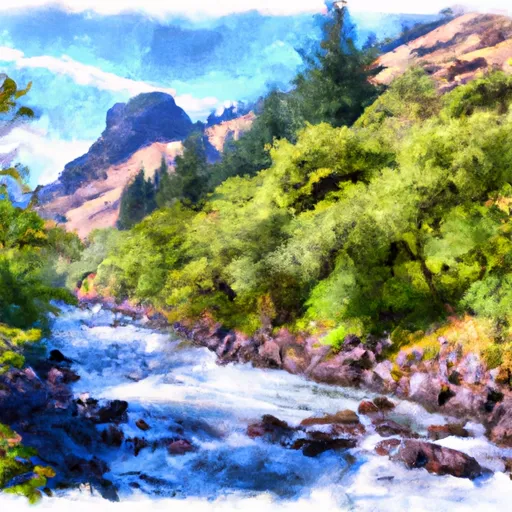 National Wild and Scenic River East Fork Hood River, Oregon
National Wild and Scenic River East Fork Hood River, Oregon
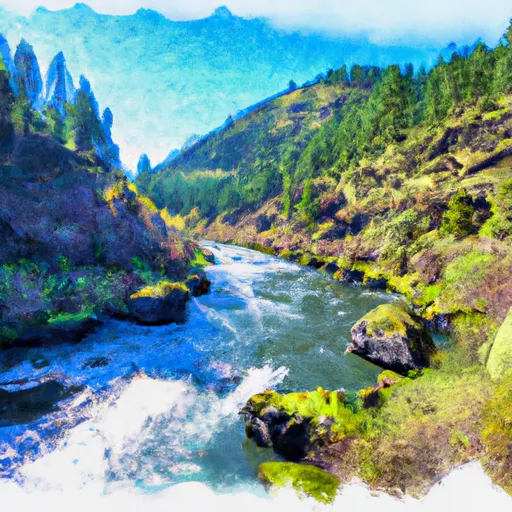 National Wild and Scenic River White, Oregon
National Wild and Scenic River White, Oregon
 Wilderness Salmon-Huckleberry
Wilderness Salmon-Huckleberry